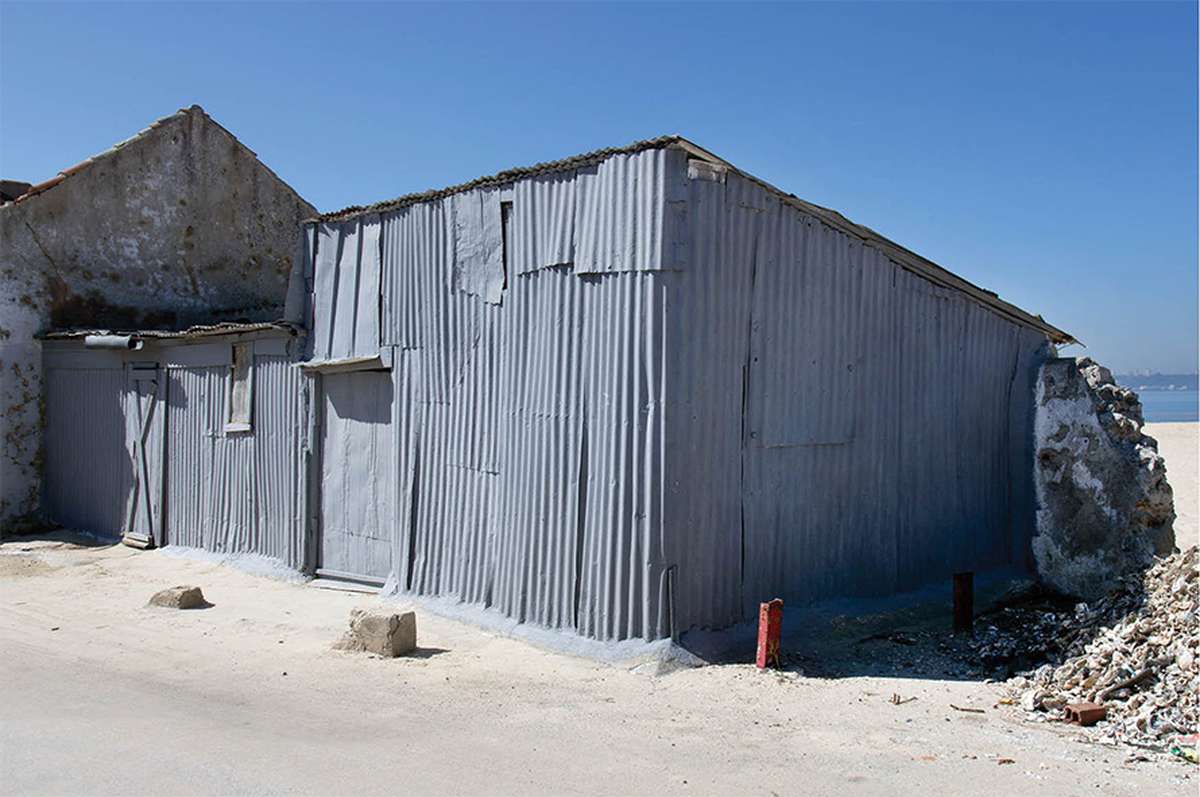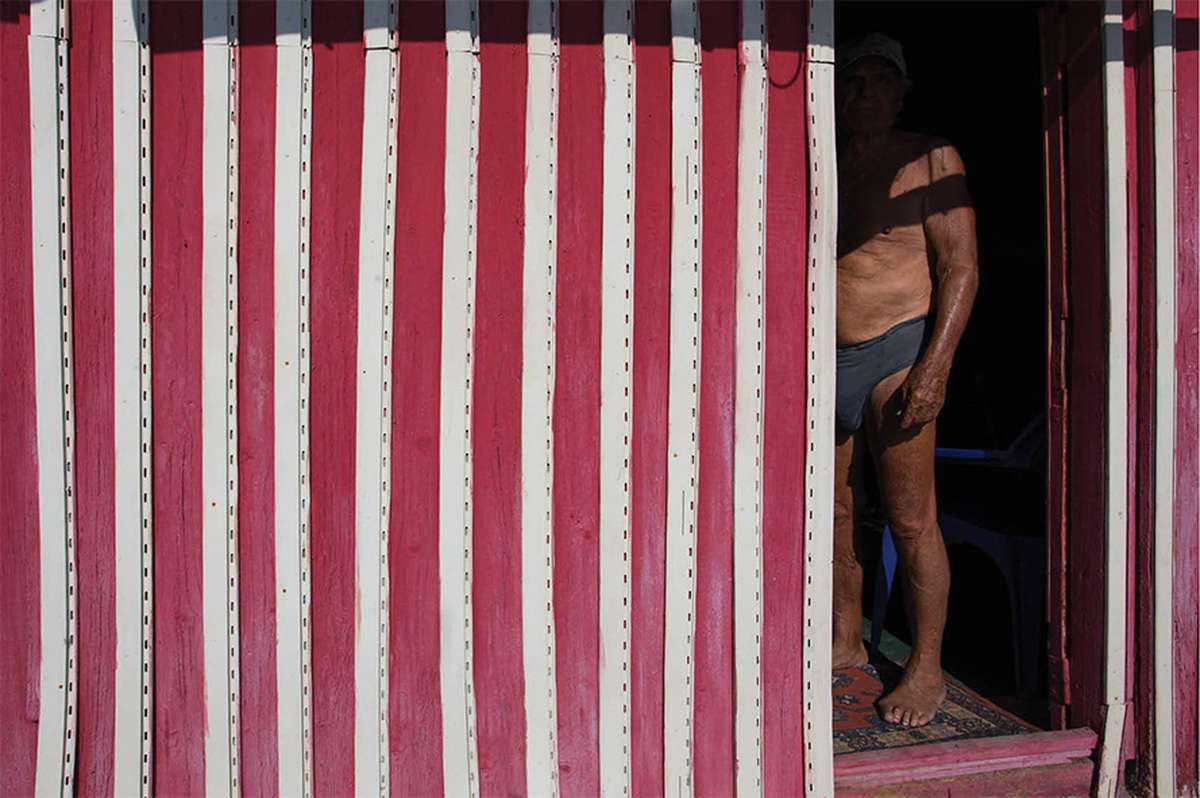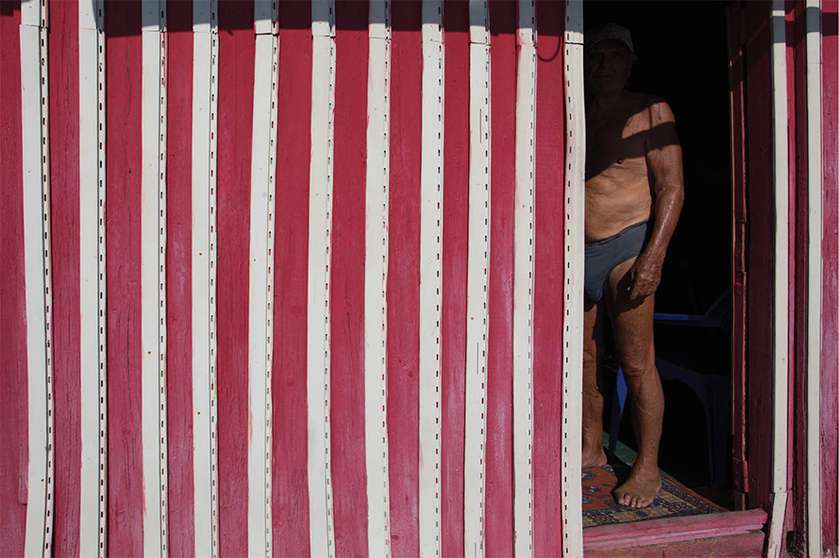Idea by
Ana Paisano
Call for ideas 2021
Handmade
Handmade

- Site-specific cases
During the making of these informal and marginalized architectures, materials are re-used, textures are incorporated and pre-fabricated materials are recycled. The economy of means is taken to its limits. In addition to an architectural condition, this process reflects the social relationship of these communities to a specific space; it leads to complex compositions, made according to each resident’s individual mode of habitation.
It is important to document and understand how these “cities” can resist and preserve their identity and specific characteristics, without being absorbed by the cities where are inserted or by the pressure of the new times. Yet, it is even more important to understand how the relation between humans and territory, or landscape, is established and maintained.

The artist questions the relevance of these constructions and seeks, through in situ visits, various solutions of mutuality, archetypes, or just points of contact between the two realities: conventional and marginalized architecture.

The majority of those buildings have concerns based in some architecture styles, replicating and reinterpreting the grammar of shapes through a personal and picturesque collage. The result is a facade with a particular aesthetic, as portraits of a dweller’s way of living – his own self-representation.

It is an architecture without an architect, unaware of the laws and regulations, it results from an informal relationship with the occupied places. Structural and decorative elements are designed to respond quickly to two important needs: the spatial appropriation and to fulfill the needs of its resident.

These informal gestures become a shared language: a common practice for a group of non-specialists, who spontaneously build, together. The techniques are based on culture and vernacular heritage, passing the knowledge generationally. Many of the solutions can sometimes be grouped and repeated as patterns.
Handmade
Handmade

- Site-specific cases
During the making of these informal and marginalized architectures, materials are re-used, textures are incorporated and pre-fabricated materials are recycled. The economy of means is taken to its limits. In addition to an architectural condition, this process reflects the social relationship of these communities to a specific space; it leads to complex compositions, made according to each resident’s individual mode of habitation.
It is important to document and understand how these “cities” can resist and preserve their identity and specific characteristics, without being absorbed by the cities where are inserted or by the pressure of the new times. Yet, it is even more important to understand how the relation between humans and territory, or landscape, is established and maintained.

The artist questions the relevance of these constructions and seeks, through in situ visits, various solutions of mutuality, archetypes, or just points of contact between the two realities: conventional and marginalized architecture.

The majority of those buildings have concerns based in some architecture styles, replicating and reinterpreting the grammar of shapes through a personal and picturesque collage. The result is a facade with a particular aesthetic, as portraits of a dweller’s way of living – his own self-representation.

It is an architecture without an architect, unaware of the laws and regulations, it results from an informal relationship with the occupied places. Structural and decorative elements are designed to respond quickly to two important needs: the spatial appropriation and to fulfill the needs of its resident.

These informal gestures become a shared language: a common practice for a group of non-specialists, who spontaneously build, together. The techniques are based on culture and vernacular heritage, passing the knowledge generationally. Many of the solutions can sometimes be grouped and repeated as patterns.